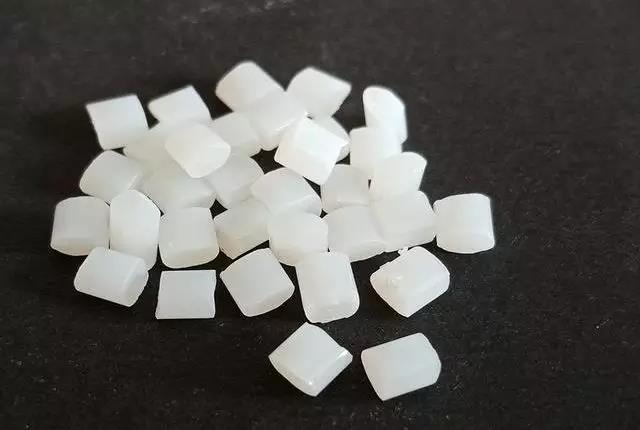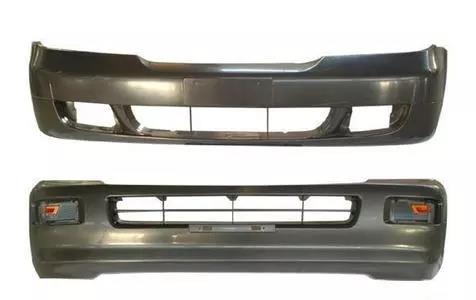PC/ABS alloy is an excellent performance automobile (interior low VOC low emission), communication, medical, home appliances and other engineering plastic raw materials, including general-grade, electroplating grade, weather-resistant scratch-resistant grade, flame retardant grade, spray grade, enhanced Grade, etc., it improves the stress cracking and processing properties of PC, and has excellent heat resistance, impact resistance, chemical resistance and dimensional stability. It is widely used in automotive instrument panels, auto parts, mobile phone cases, electric High-strength, heat-resistant products such as tools. As designers increasingly apply functional and decorative metal coatings in their products, the proportion of ABS and PC/ABS alloys used in electroplating continues to rise. Electroplated PC/ABS, mainly used for automotive parts (door handles, grilles, trims), gold-plated parts, etc. To form good adhesion between the metal coating and the plastic base material, the most important step is to soak in an etching solution, which is usually a mixture of chromic acid and sulfuric acid. The electroplating process of electroplating PC/ABS is as follows: Plastic parts inspection->stress->hang->de-oil->cleaning->hydrophilic->cleaning->roughening->recycling->cleaning->neutralization->cleaning->ultrasonic cleaning->soaking ->Presensitization->sensitization/activation->cleaning->acceleration->cleaning->chemical nickel->cleaning->preplating copper->cleaning->activation->cleaning->acid copper->cleaning-> Activation->semi-bright nickel->bright nickel->cleaning->electrolytic activation->chrome plating->recycling->reduction->cleaning->drying->hanging deplating The common methods to improve plating are as follows: 1. Component design and plating process If stress is applied, there is a certain stress in the plastic part, which will bring a lot of problems to the roughening of the plastic parts and the subsequent series of pretreatment processes. Therefore, plastic parts with higher stresses must go through this process. Especially for plastic parts with high PC content (PC≥40%), due to the poor self-lubrication of PC materials, there is a tendency of stress cracking, shrinkage is small during molding, melt cracking and stress concentration are easy to occur, and annealing is required to remove stress. . 2, injection molding process Such as increasing the mold temperature to reduce the stress of the material. 3. Control ABS and components In the ABS resin, the 1,3-butadiene rubber particles are in a dispersed phase, and SAN is a continuous phase, and it is observed under an electron microscope that the butadiene rubber phase is uniformly spherically embedded in the acrylonitrile-styrene resin phase. During chemical roughening, the rubber phase is oxidized and eroded, while the continuous resin phase surface leaves a large number of smiling pores. It is these holes that allow the coating to be anchored to the plastic surface for good bonding. Therefore, the concentration of butadiene and the dispersion of rubber particles are important for the overall effect. The dispersion of butadiene or large or small particles is considered to be the most important aspect. ABS plastics used for electroplating require a butadiene content of between 18% and 23%. 4. Improve liquidity The fluidity of the material is also critical, as the high fluidity guarantees the high gloss of the blanks and ensures that the plating is free of pitting. Customized Handle,Minimalist Walnut Door Handle,Aluminum Alloy Door Handle,Stainless Steel Door Handle Guangzhou Junpai Hardware Co., Ltd , https://www.gdjhfurniture.com



What electroplating process is used for engineering plastic pc/abs?
/*kangxianyue 250*250 was created on 2017/3/29*/ var cpro_id = "u2939694";